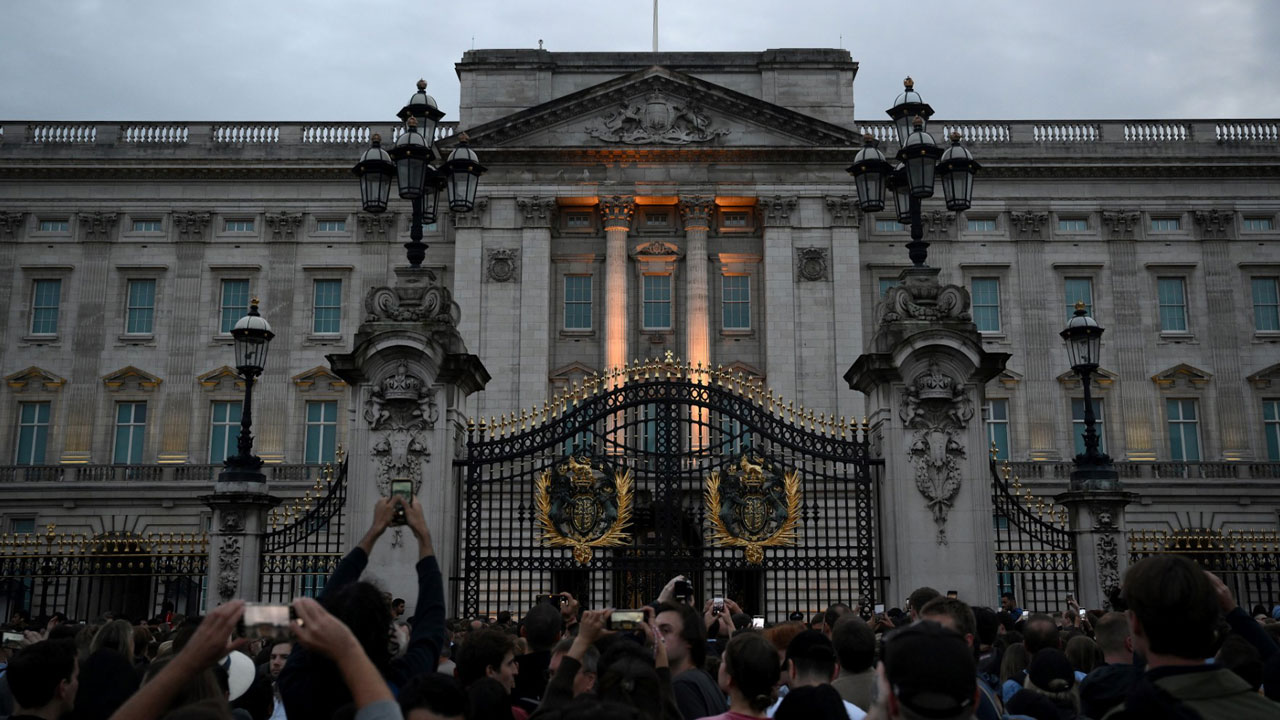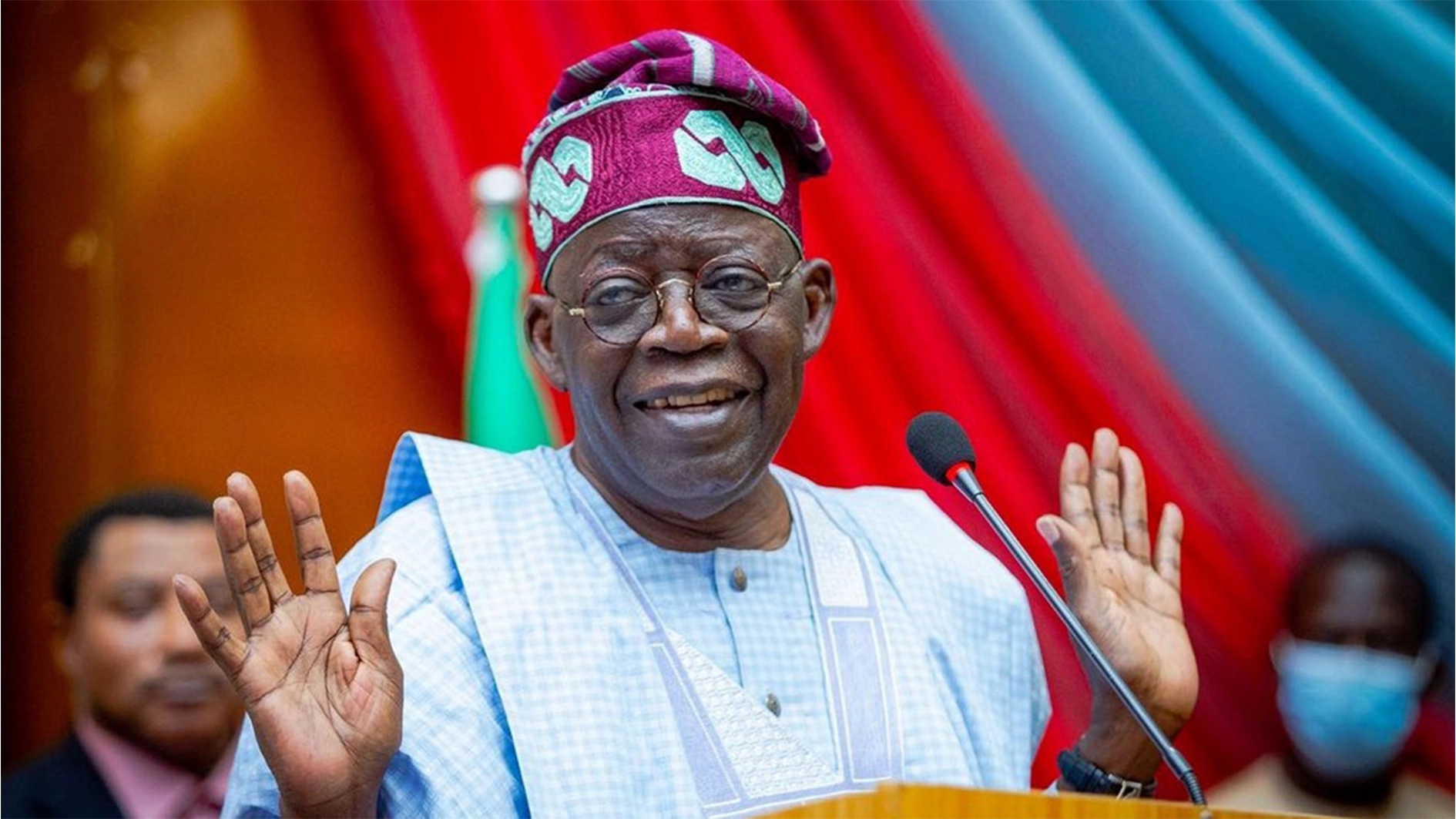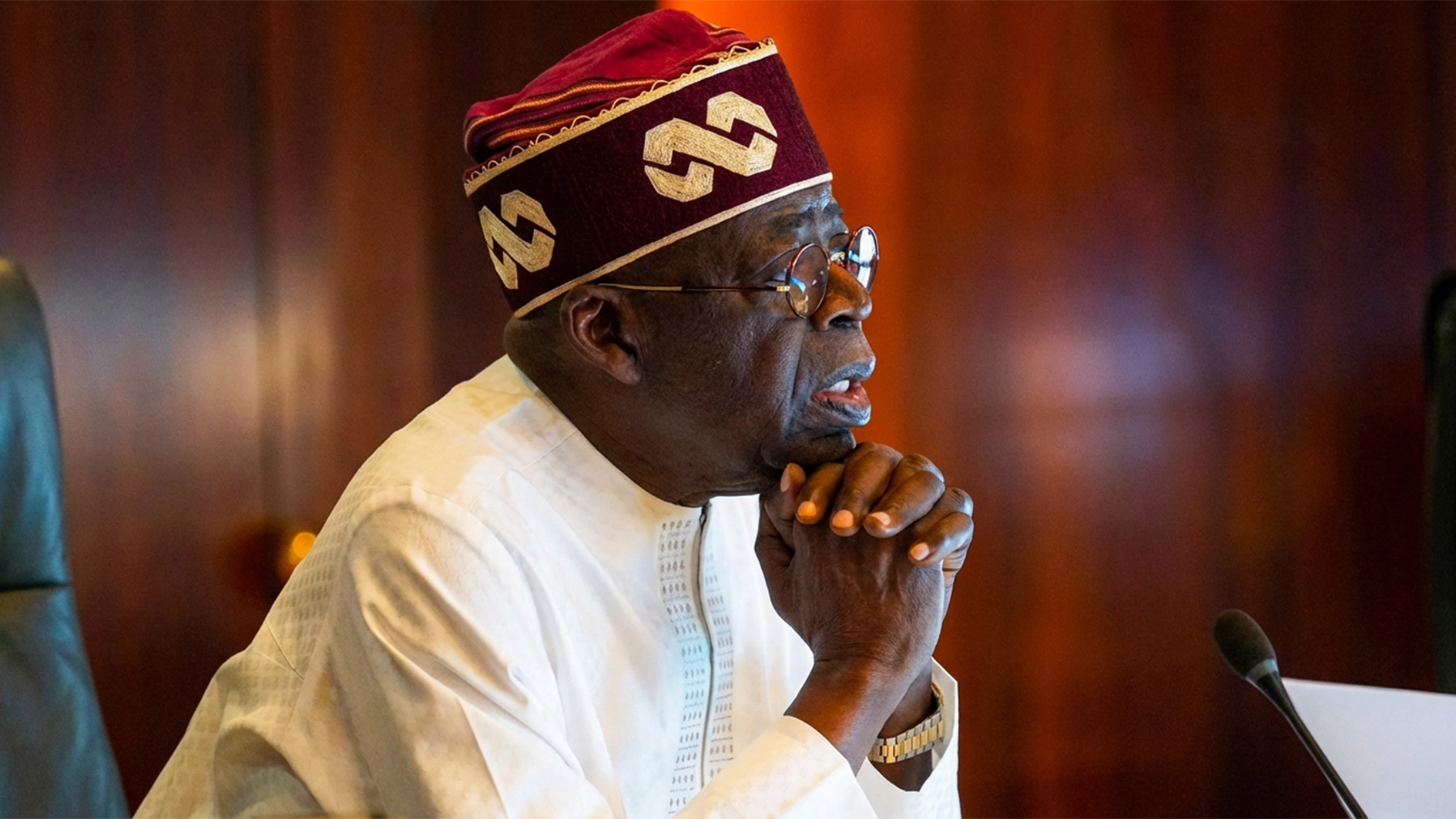
Buckingham Palace is a royal residence in London and the administrative headquarters of the monarch of the United Kingdom. Located in the City of Westminster, the palace is often at the centre of state occasions and royal hospitality. It has been a focal point for the British people at times of national rejoicing and mourning.
Originally known as Buckingham House, the building at the core of today’s palace was a large townhouse built for the Duke of Buckingham in 1703 on a site that had been in private ownership for at least 150 years. It was acquired by King George III in 1761 as a private residence for Queen Charlotte and became known as The Queen’s House. During the 19th century it was enlarged by architects John Nash and Edward Blore, who constructed three wings around a central courtyard. Buckingham Palace became the London residence of the British monarch on the accession of Queen Victoria in 1837.
The last major structural additions were made in the late 19th and early 20th centuries, including the East Front, which contains the well-known balcony on which the royal family traditionally appears to greet crowds. A German bomb destroyed the palace chapel during the Second World War; the Queen’s Gallery was built on the site and opened to the public in 1962 to exhibit works of art from the Royal Collection.
The original early-19th-century interior designs, many of which survive, include widespread use of brightly coloured scagliola and blue and pink lapis, on the advice of Charles Long. King Edward VII oversaw a partial redecoration in a Belle Époque cream and gold colour scheme. Many smaller reception rooms are furnished in the Chinese regency style with furniture and fittings brought from the Royal Pavilion at Brighton and from Carlton House. The palace has 775 rooms, and the garden is the largest private garden in London.
The state rooms, used for official and state entertaining, are open to the public each year for most of August and September and on some days in winter and spring.
By the time General Babangida landed in the Presidential Villa in Abuja on that sunny day, there was no accommodation for his top aides. Between 1991 till he handed over power to his appointed successor, Chief Ernest Adegunle Oladeinde Shonekan , General Babangida was much concerned about his personal safety. He became less active in the Presidential Villa in Abuja and was not able to govern properly, hence the terrible mistakes he made in the last months of his regime, including the annulment of the presidential election, which is still affecting his image.
He glued himself to the villa, constructing structures in the villa and other parts of Abuja while the rest of the country got poorer. IBB and his other successors made Abuja an El Dorado while the rest of the country wallowed in poverty and neglect.
You need to see the villa; it was designed purely to cut off the people. It is anti-people. It occupies one-tenth of the whole Central District of Abuja and it is one of the biggest Presidential Villas in the world with a large undeveloped space. If you enter the villa, it is as if you are in a golden palace.
The tragedy in our presidential system of government is that the people really have no role. Once they vote, they are completely ignored until the next four years.
It is only the executive and legislature that profit from our democracy. Take a look at the 2024 Federal Government budget and the very huge allocation given to the National Assembly. It is still the biggest allocation ever made to the second arm of government since 1999 and they made that allocation themselves out of greed. The sad aspect of it is that they will get away with it. We have a system of government that slights the people and a Presidential Villa that has completely fenced them.
In 1997, an organisation known as Youth Earnestly Ask for Abacha (YEAA) was formed. The organisation was led by a young man known as Daniel Kanu, who placed billboards around the country, publicised advertisements in the media and sponsored editorials to encourage support for General Sani Abacha. The support of the former military leader culminated in 1998 with what is now famously remembered as two Million Man March.
The campaign, held at what is now known as Eagle Square in Abuja, was to force General Sani Abacha to remove his military toga and stand for an election as Nigerian President. After the rally led by Kanu, General Abacha held a meeting of the Federal Executive Council (FEC) the following day. At the meeting, one of the Ministers asked General Sani Abacha, whether or not he enjoyed ‘the noise’ that came from the rally the previous night. To everyone’s surprise General Abacha claimed ignorance of the rally and declared that he enjoyed a good sleep the previous night.
At the meeting, I sat close to his spokesman, late David Attah, a colleague and a close friend. I asked David his opinion of General Abacha’s statement. David said General Abacha could be right because of the way The Villa was built.
The Germans who built the Presidential Villa built a garrison that cut off the people. Being the last bus stop, The Villa was constructed to isolate the leader. The Villa was not built to entertain protests or dissensions. If you are in The Villa you will think there are no problems in the world. It is not a theatre built to solve any problems.
It is so easy to get lost in the Villa if you are the President. You will only be surrounded by aides and friends who often give false information so as to protect their positions, interests and loyalty.
Failure awaits any President who relies fully on what obtains in the Villa. The President must create a platform where he can get correct information outside the Villa on the true situation in the country.
Afterwards Democracy is about we the people.
Concluded
Teniola is a retired director in the Presidency, Abuja.





